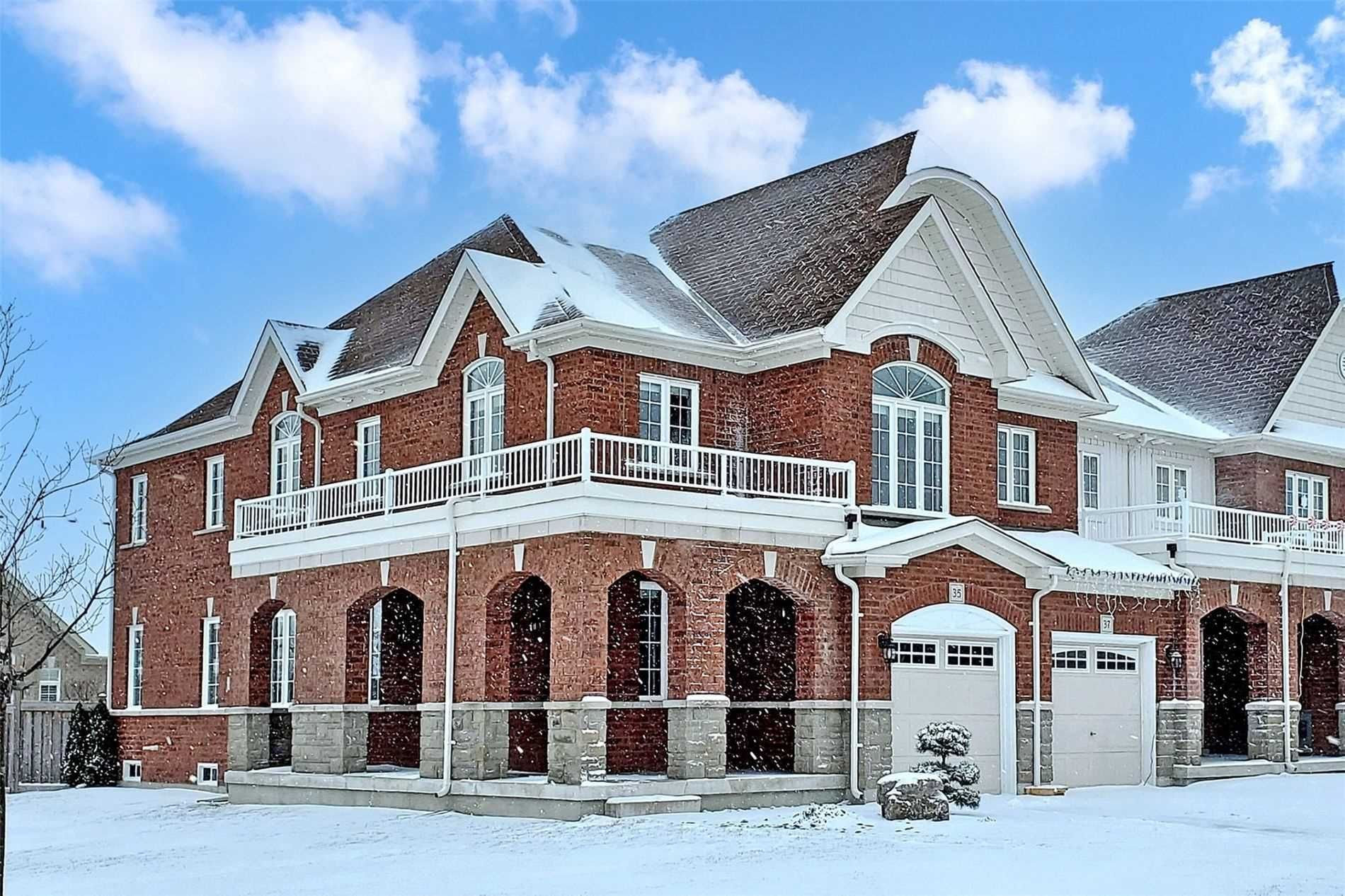There was an interesting opinion piece in The Globe and Mail on Friday January 8, 2021, written by Alex Bozikovic, discussing a proposed development on the southwest corner of Yonge and Eglinton in Toronto. Mr. Bozikovic is the architecture critic for the paper and has made contributions to several publications and authored a book on Toronto architecture.
Bozikovic hearkens back to the 1950s and 1960s when the hot idea in urban design was to create spaces to be “park-like, uncrowded…they will be clean, impressive and monumental (and) will have all the attributes of a well-kept dignified cemetery”. While this may have seemed desirable fifty years ago, I believe a neighbourhood without proper access can become boring, underutilized and dangerous.
The site in question housed a large TTC yard and Canada Square. The current proposal would see 600,000 square feet of commercial space lost, in the interim, and replaced with a mixed residential and commercial community built on top of a new bus terminal. Essentially, a large office tower would be built along Eglinton Ave West. Moving south a planned green space would be built over the concreate of the bus terminal adjacent to four large residential buildings on a small cul-de-sac. One can imagine what this type of development would do to the traffic in the surrounding neighbourhoods. Likely the green space would only be used during office hours and sit empty at other times. Although I’m not a botanist, I ponder how viable a green space would be built over a concreate structure, not to mention the shade that would be created with five menacing obelisks. The entire complex would be owned and managed privately making me wonder how “open” this green space would be. Certainly, private security and surveillance would be instituted as part of the plan.
I found the article interesting in light of recent efforts the city has made to open up access to large mega-block developments of the past. Regent Park was built around the time that this notion was popular. It became a glaring failure on several levels but for me the mega-block design was paramount. Regent Park began construction in the late 1940s and closed down approximately twelve city blocks. Over the ensuing decades the green spaces became little more than open fields and the recreational facilities reduced to places for illicit activity. Oak Street, cutting through the area, was closed to vehicular traffic limiting the ability of city services to operate. All this seclusion along with the visual barriers to the street provided by the apartment buildings made it the perfect place to evade detection. A little further east, a cul-de-sac was created on Oak Street and several multi-level residential units were built. In my mind the proposed development at Yonge and Eglinton may be doomed to a similar fate. It seems logical to me that building large scale developments has an extreme downside and a more organic development that includes public streets and staggered eclectic development would be better.
Why not keep the existing buildings and allow greater access to the space in between? Large commercial and residential units complemented by smaller, sustainable businesses would make the location a destination. When I think of my favourite places to visit in Toronto, Kensington Market, The Distillery District, Bloor West Village and Ossington come to mind where streets and pedestrian thoroughfares provide an opportunity to amble on a fine day.






